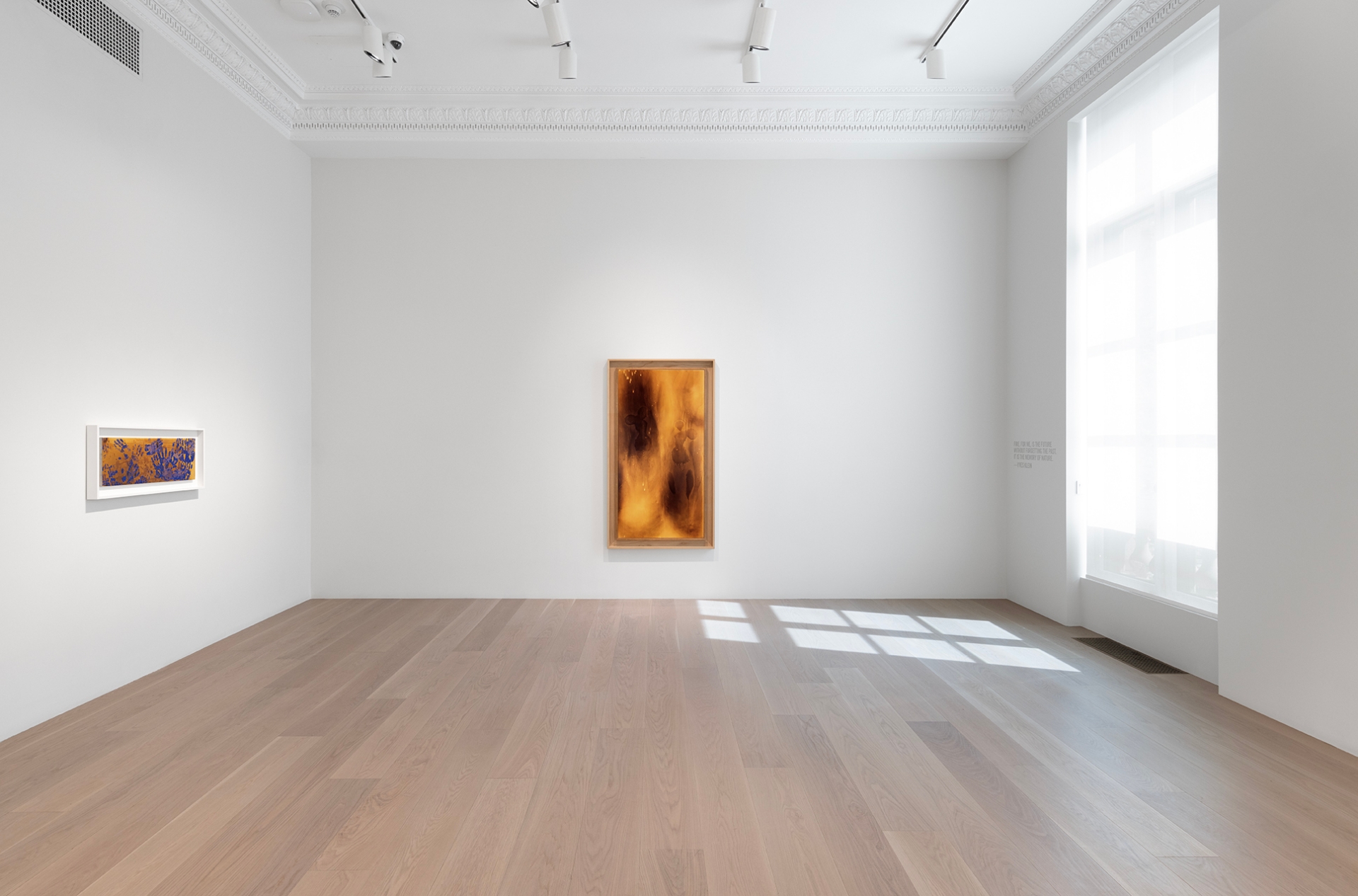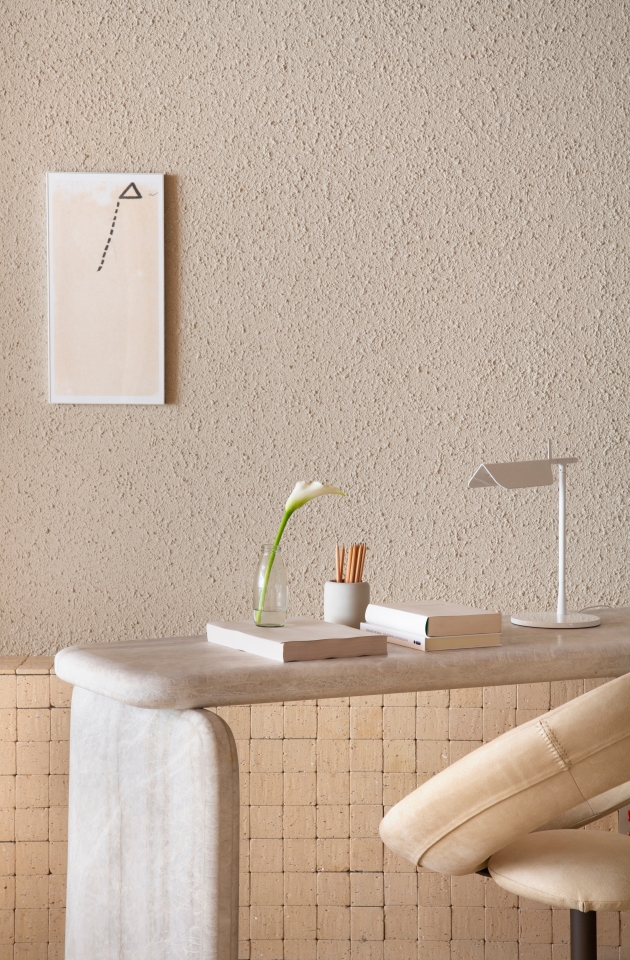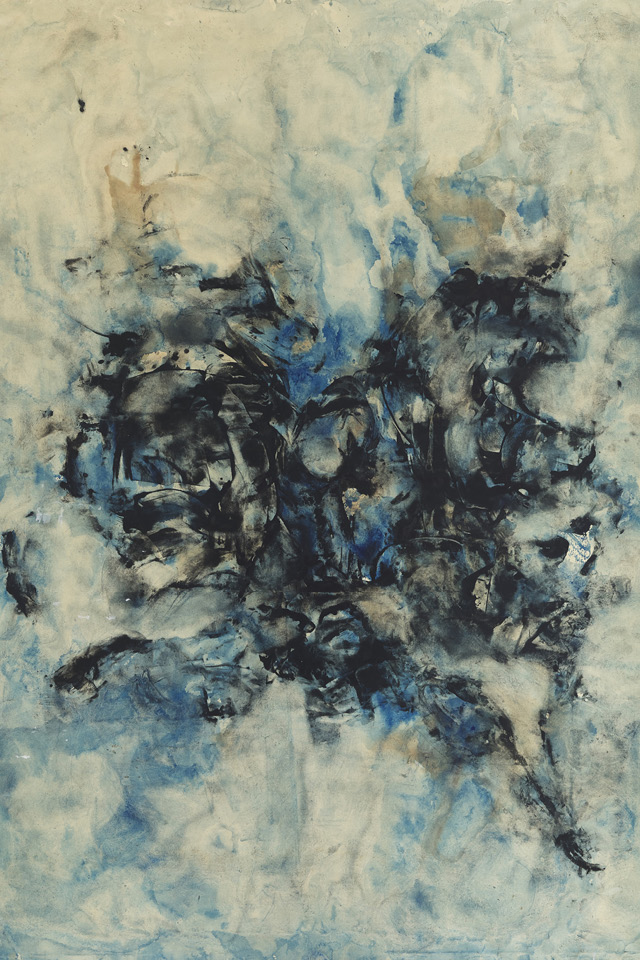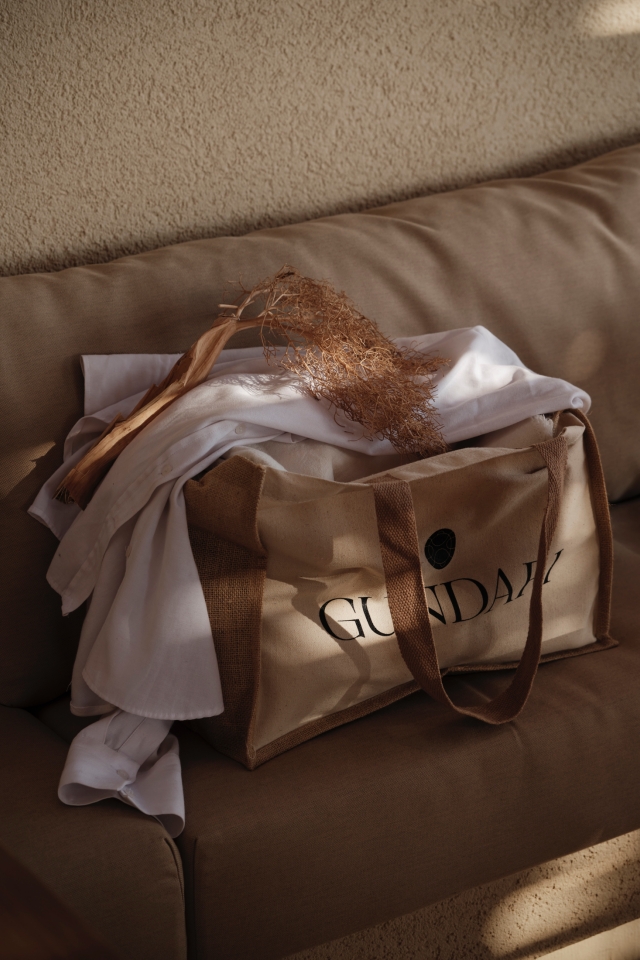Lévy Gorvy Dayan has opened Yves Klein and the Tangible World, an exhibition devoted to the engagement of the body in the visionary French artist’s oeuvre. Curated in collaboration with the Yves Klein Foundation, the presentation brings together nearly 30 examples of Yves Klein’s Anthropométries (1960–62) and Peintures de feu (Fire Paintings, 1961–62), as well as Sculpture tactile (Tactile Sculpture, conceived c. 1957) in the first focused juxtaposition of these works.
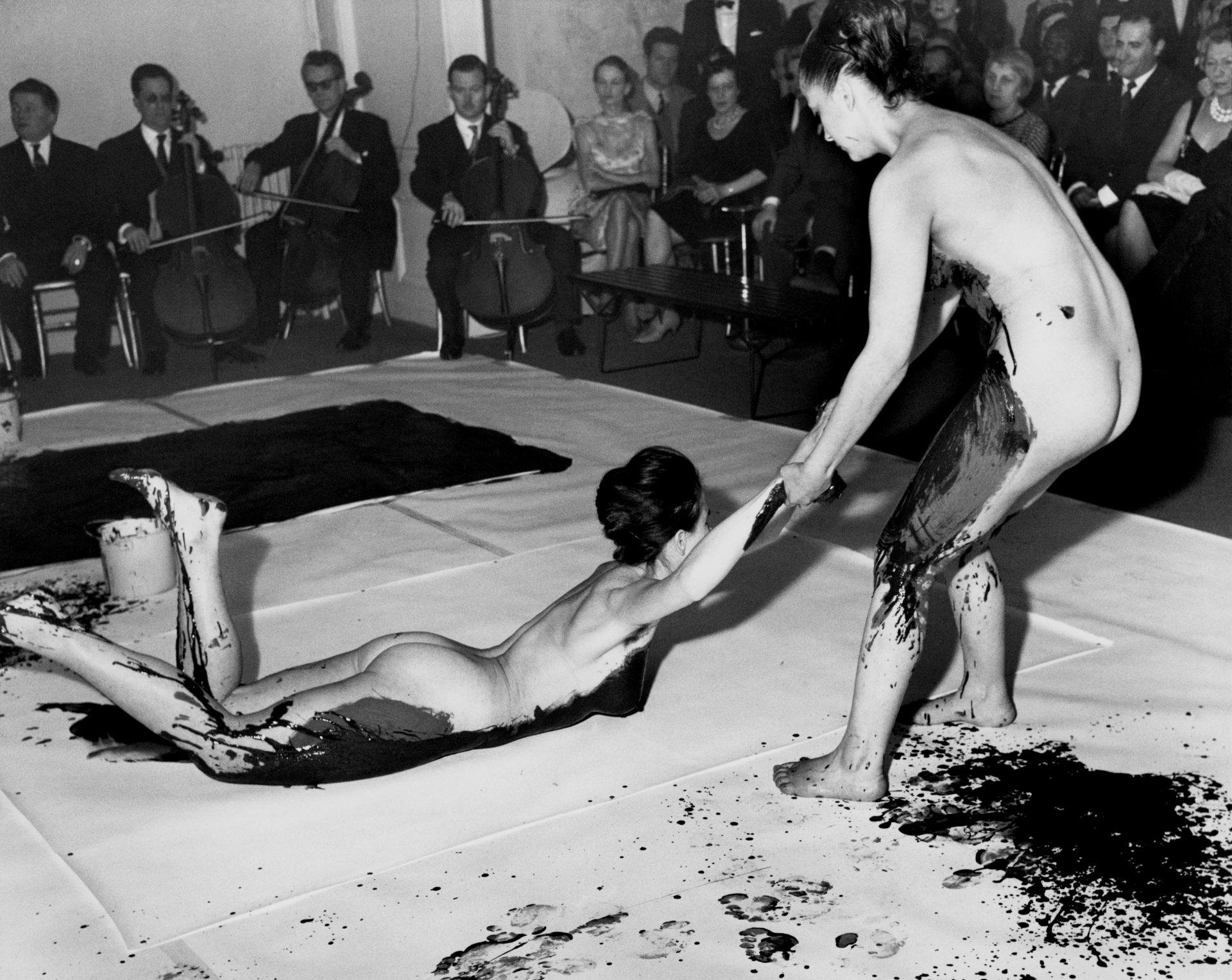
Klein’s paintings affirm his conviction that art should exude life. His Anthropométries and Peintures de feu exemplify this ethos, possessing traces of living flesh and imprinted memories of fire, water, earth, and air. Klein once wrote, “The link between spirit and matter is energy. The combined mechanism of these three elements generates our tangible world, which is claimed to be real but is in fact ephemeral.” Through direct physical contact and alchemy, energy is captured and transferred in the works on view, binding the soul and the material support.

The practice of employing nude models, as in Klein’s words “living brushes,” began in 1958 during a private performance in Paris, in which a model, covered in paint, created an International Klein Blue (IKB) monochrome. Subsequently, in 1960, Klein began using painted models to leave discernible imprints that served as “mark[s] of the immediate.” The body trace paintings joined Klein’s artistic practice with his expertise in choreographed motion and energy release, gained from years of dedication to judo—the graceful arabesques rendered in pigment echoing the shadows of judo movements on white competition mats. Unlike action painting, Klein’s Anthropométries manifested considered compositions, the result of planned and dedicated collaboration between the artist and his models.
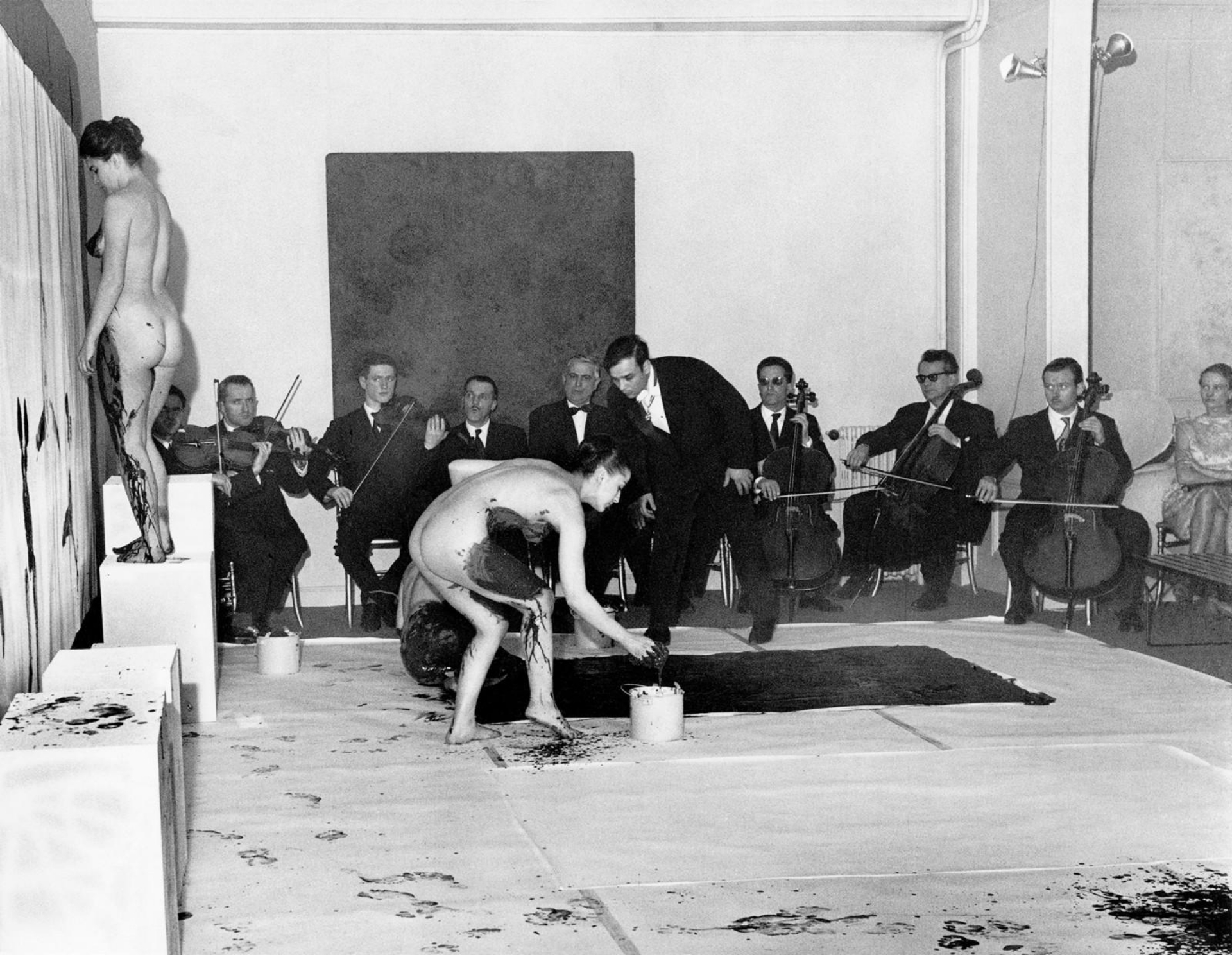
For Klein, not only did the nude body provide articulate mark-making, but it also represented openness, liberation, and a celebration of being. Importantly, he did not view his works as figurative in a traditional sense, derived from the hand of the artist. As he wrote on the creation of the Anthropométries, “the work of art must complete itself before my eyes and under my command.... as soon as the work is realized, I stand there - present at the ceremony, spotless, calm, relaxed, worthy of it, and ready to receive it as it is born into the tangible world.”
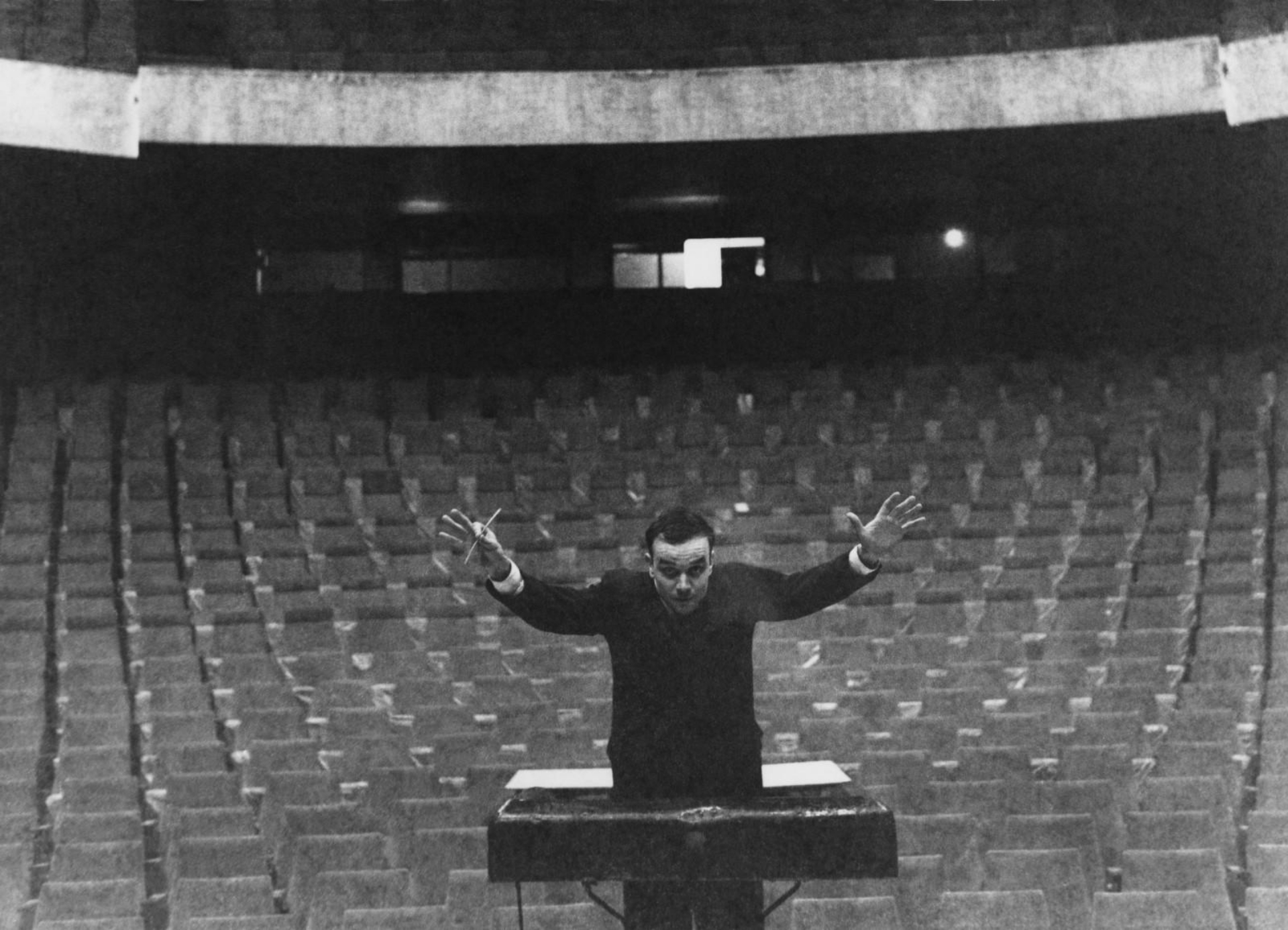
Among the paintings exhibited will be the blue and gold anthropometry and cosmogony Anthropométrie sans titre (ANT 101, 1960), the first presentation of this monumental work in the United States since the 1960s. Measuring over four meters tall, the composition features two arching forms levitating above a ground with three figures, appearing amidst negative imprints of plants— bringing together man and nature. A group of Anthropométries suaire (Shroud Anthropometries) will also be on view, including Anthropométrie suaire (Vampire) (ANT SU 20, 1960). Painted in pink, blue, and black on silk or gauze, the loosely woven surfaces of the shroud works enhance the aura of the body, while referencing death and resurrection.
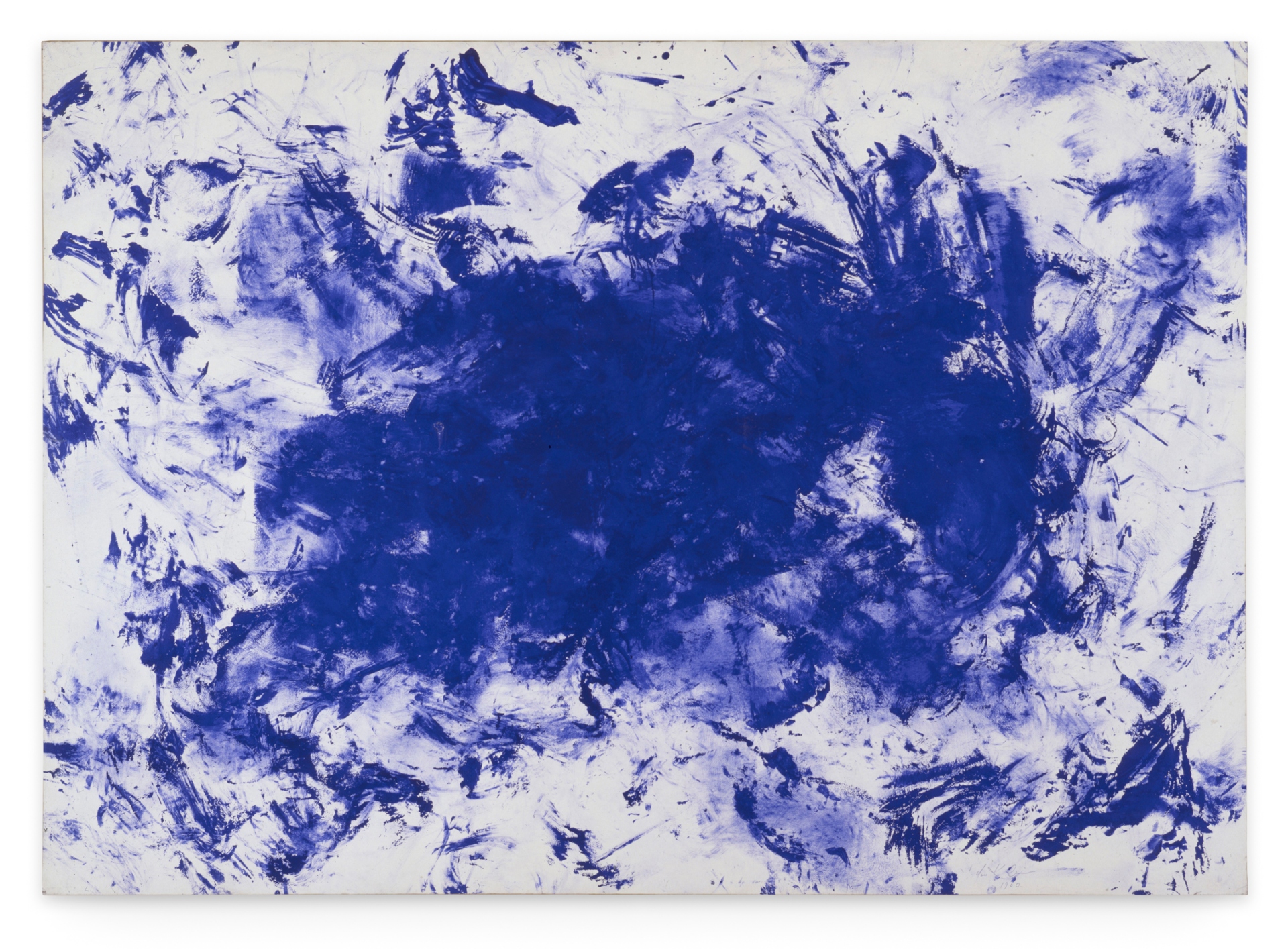
Dry pigment and synthetic resin on paper55 11/16 × 78 3/4 inches (141.5 × 200 cm)
© The Estate of Yves Klein c/o Artists Rights Society (ARS), New York / ADAGP, Paris
Formed by fire, water, and flesh, Klein’s Peintures de feu embody creation born of destruction: “Fire, for me, is the future without forgetting the past. It is the memory of nature.” The series began following the artist’s 1961 retrospective at the Museum Haus Lange in Krefeld, Germany, that included outdoor fire sculptures, which he used to make the first group of fire paintings. Klein continued the series at the Centre d’Essais du Gaz de France, near Paris. Holding a fire torch, Klein exposed flames to compressed board or paper, leaving scorched voids and atmospheres of smoke. He later introduced body imprints, made with water, into his environments of light and shadow.

Dry pigment, synthetic resin, and gold leaf on paper mounted on canvas164 9/16 × 80 11/16 inches (418 × 205 cm)
© The Estate of Yves Klein c/o Artists Rights Society (ARS), New York / ADAGP, Paris
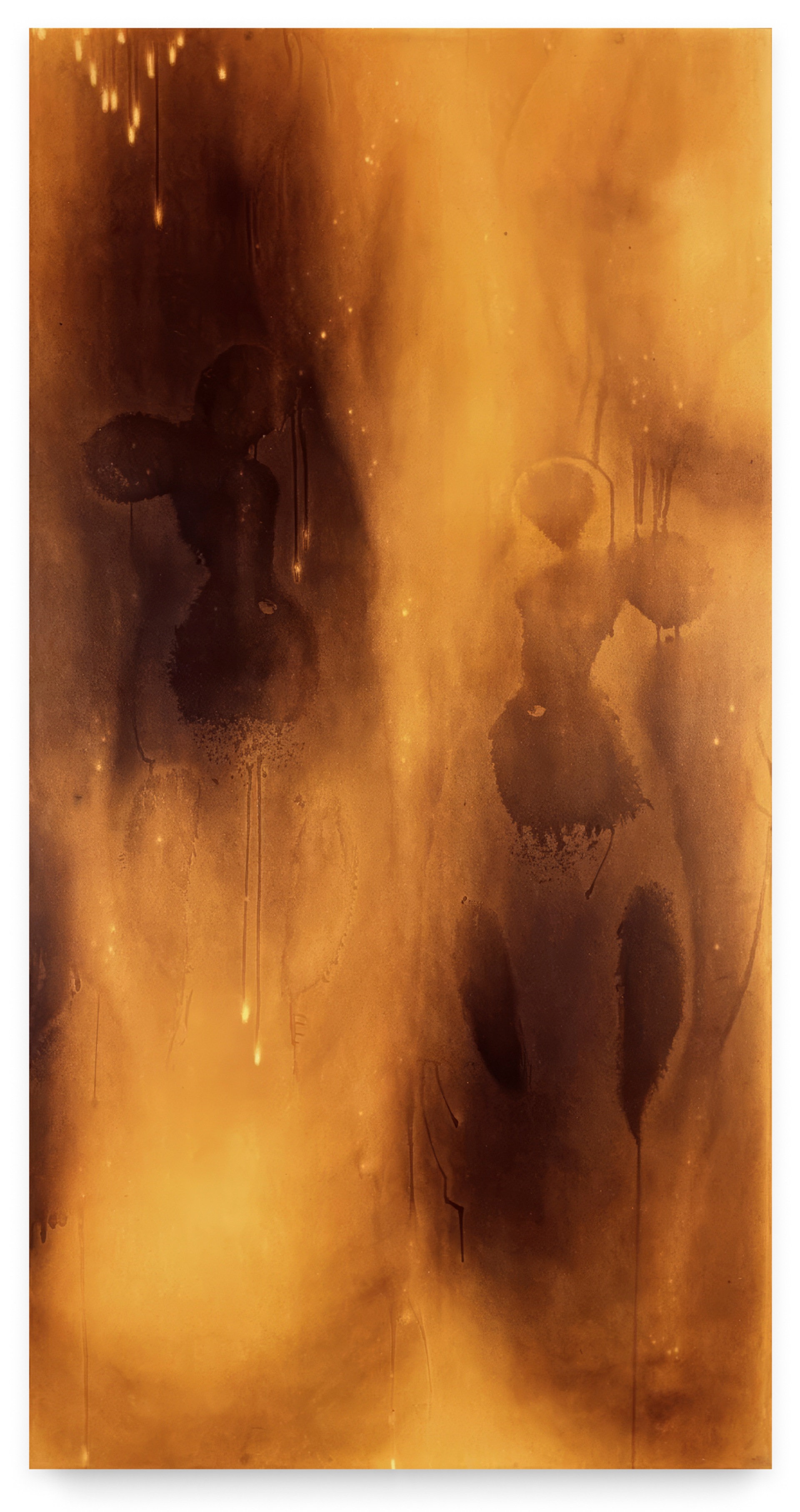
Peinture de feu sans titre (F 80), c. 1961
Burned cardboard on panel
68 7/8 × 35 7/16 inches (175 × 90 cm)
© The Estate of Yves Klein c/o Artists Rights Society (ARS), New York / ADAGP, Paris
The Anthropométries and the fire paintings are distinguished by their distinctive materiality - characterized by paint, resin, physical contact, flame, and support. This tangible essence is epitomized in Sculpture tactile - which will be presented with a human model on Thursdays and Saturdays from 2–6 pm during the exhibition. “They were boxes, each pierced with two holes fitted with sleeves,” Klein wrote. “The idea was to be able to put one’s hands inside the box up to one’s elbows and to touch and examine the sculpture in the interior of the box without being able to see it.” The box was conceived to hold a living sculpture, a nude model, but was not presented as intended during Klein’s lifetime. Here, the activation of Sculpture tactile will foreground the engagement and tactility of the body as well as perceptions of touch.
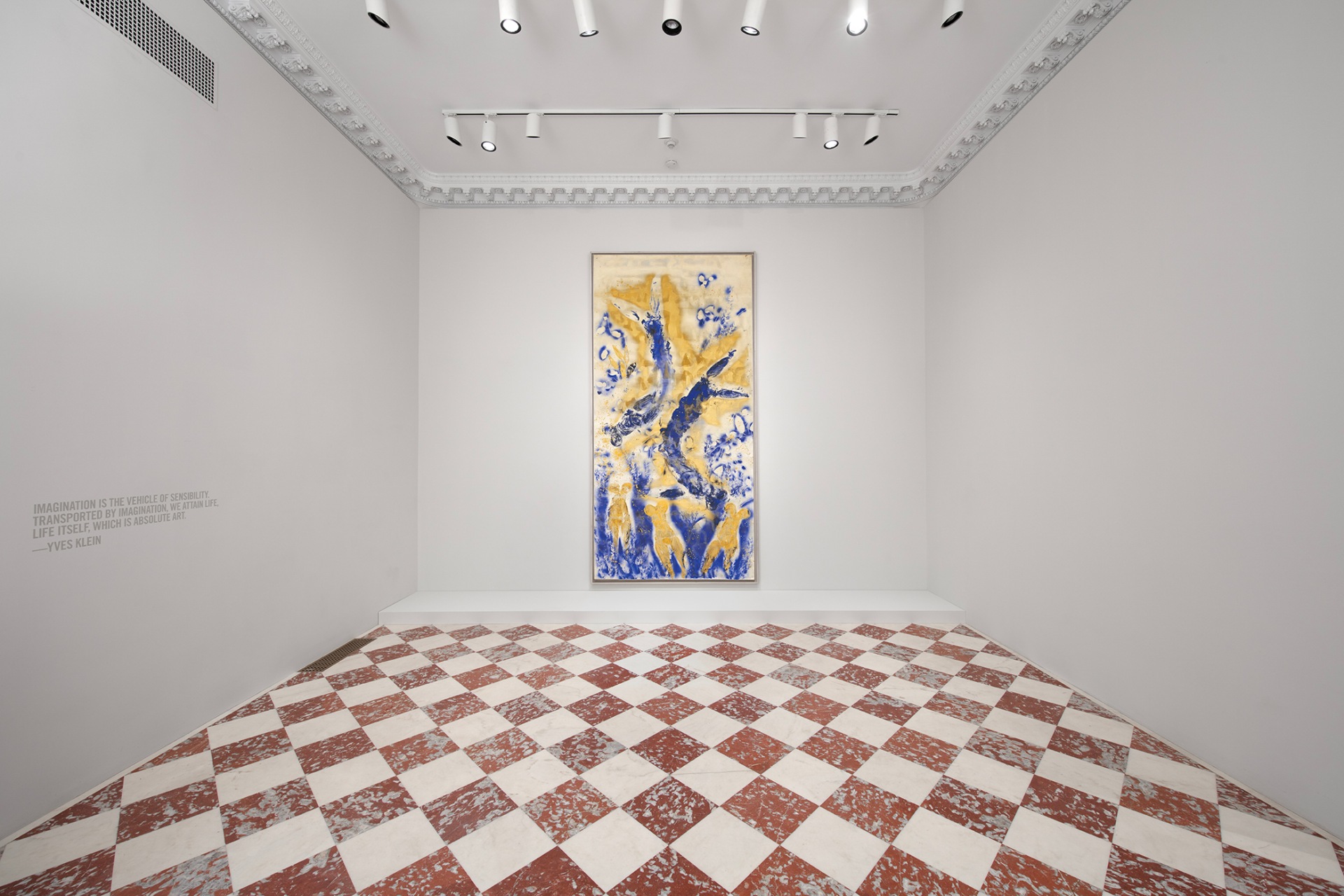
The exhibition will also include a sculptural floor installation of Pigment pur bleu (Pure Blue Pigment, conceived 1957). Composed by gravity, the sculpture comprises countless powdered grains of pure International Klein Blue. In this form, Klein exalted, the textured pigment possesses “a brilliance and an extraordinary, autonomous life of [its] own”—revealing “color in itself. The living and tangible matter of color.” Klein espoused the primacy of color as a pictorial and physically sensorial phenomenon. Evoking the sea and the sky, Klein believed “blue has no dimensions” and could transport viewers to a realm of boundless space and the experience of immaterial sensibility.
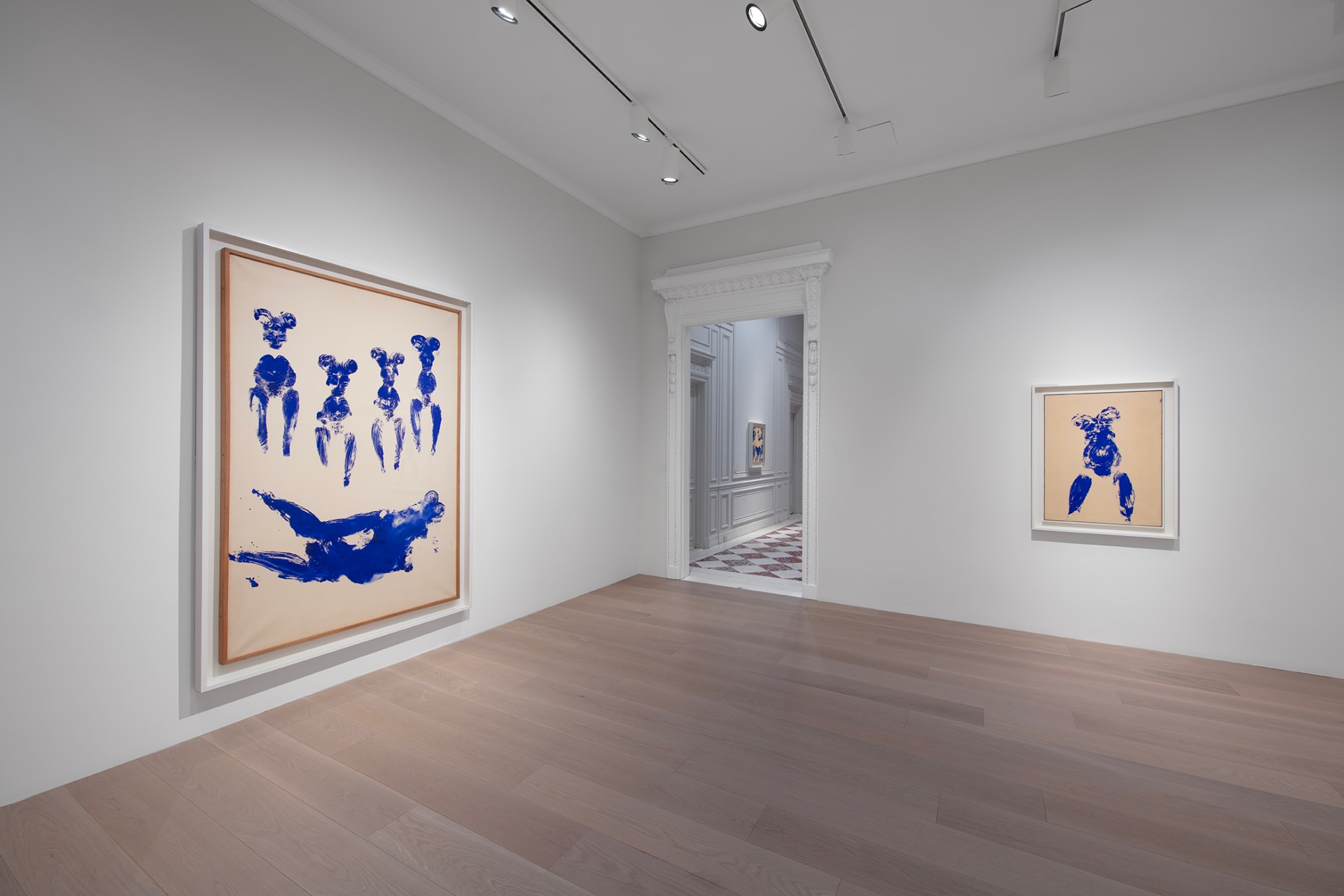
Photographs, ephemera, and film will enrich the exhibition, demonstrating Klein’s process and his singular awareness of documentation, communication, and performance. Featured will be a large-scale archival projection of the artist’s March 1960 presentation at the Galerie Internationale d’Art Contemporain in Paris, in which Klein conducted three nude models in the creation of an Anthropométrie and one corporeal monochrome, while a small orchestra performed his Symphonie Monotone-Silence (Monotone-Silence Symphony, conceived 1947–49) before an audience of 100 guests—as well as Klein’s newspaper Dimanche, published November 27, 1960, that includes his prolific writings and the photograph Leap into the Void (1960).
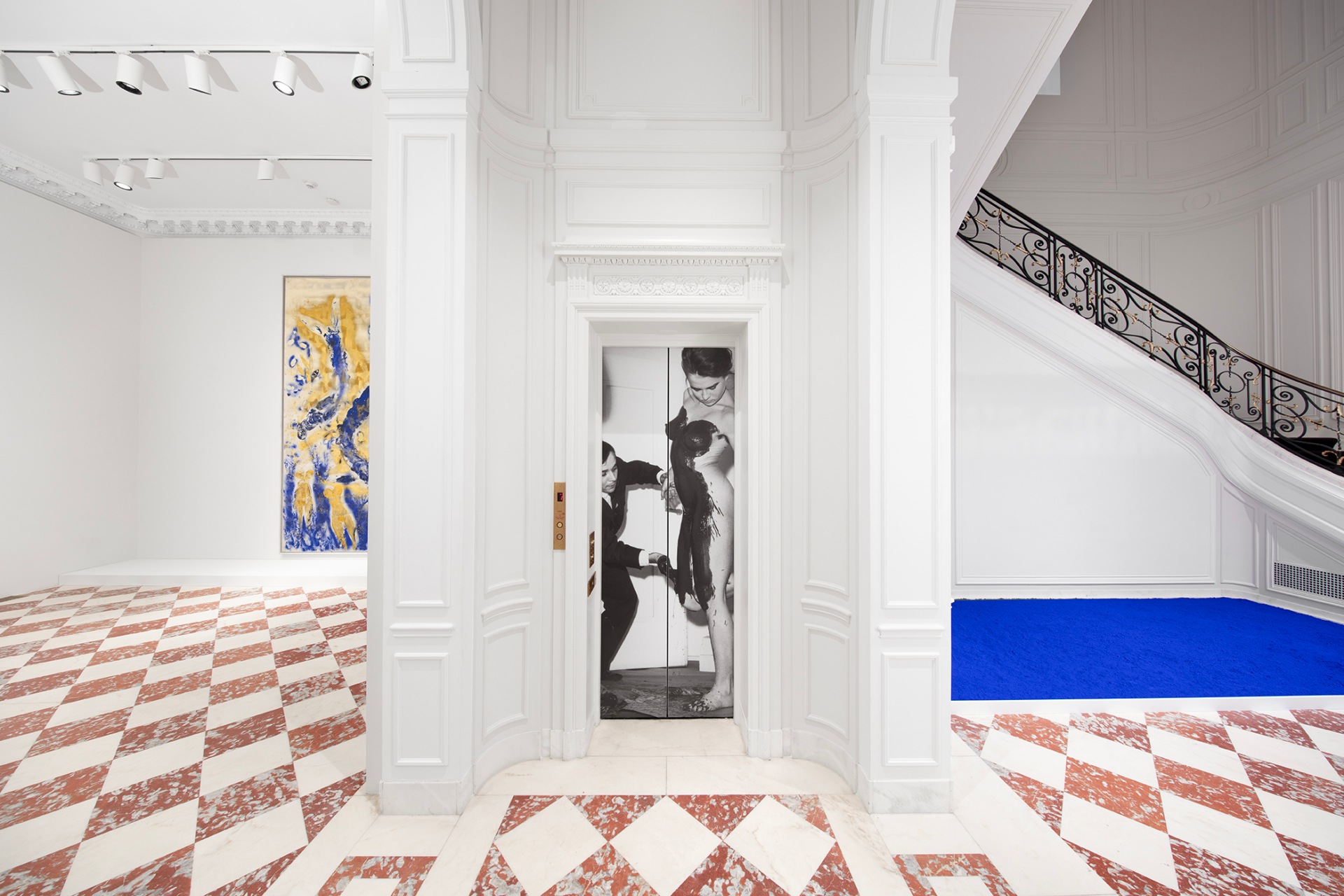
On the occasion of the exhibition, Lévy Gorvy Dayan will present a performance of Klein’s Monotone- Silence Symphony at St. James’ Church, New York, on Wednesday, May 1, at 6:30 pm. Conducted by Petr Kotik and performed by the orchestra and choir of the S.E.M. Ensemble, the symphony is composed of a single note held for twenty minutes followed by twenty minutes of silence. Producing the sensation of endless duration, Klein describes the symphony as “[consisting] of one unique continuous ‘sound,’ drawn out and deprived of its beginning and of its end, creating a feeling of vertigo and of aspiration outside of time.... In the world of our possibilities of conscious perception, it is silence—audible presence.”
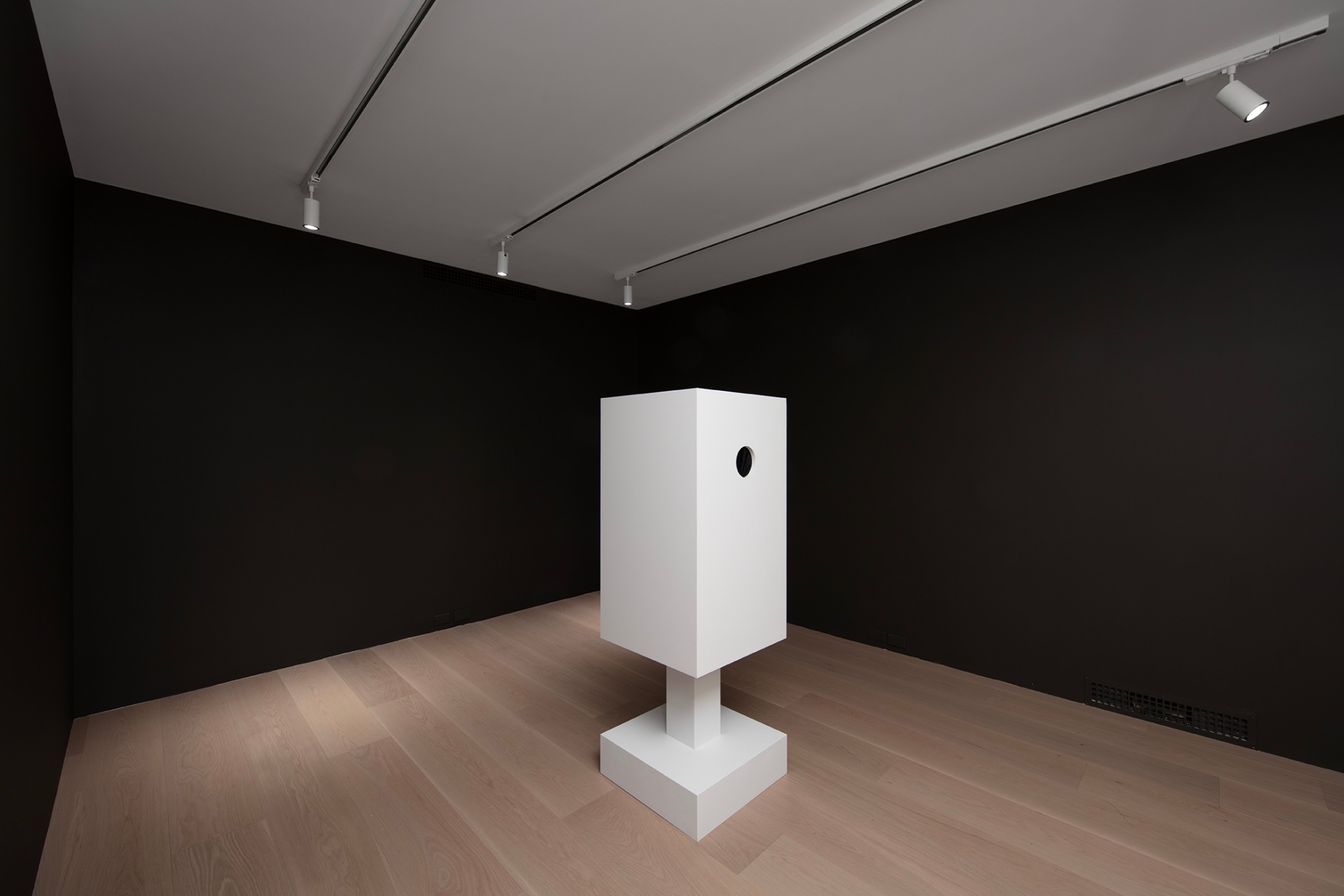
Yves Klein and the Tangible World continues Dominique Lévy’s more than 20-year representation of the Yves Klein Estate and now the Yves Klein Foundation, and her commitment to the enduring, contemporary relevance and legacy of the artist’s work. The exhibition follows earlier presentations including Yves Klein: A Career Survey (2005, L&M Arts, New York) and Audible Presence: Lucio Fontana, Yves Klein, Cy Twombly (2013, Dominique Lévy Gallery, New York). In 2013, Dominique Lévy Gallery presented the first public performance in New York City of Monotone-Silence Symphony at the Madison Avenue Presbyterian Church, followed by a 2017 performance of the Symphony at Grace Cathedral in San Francisco.
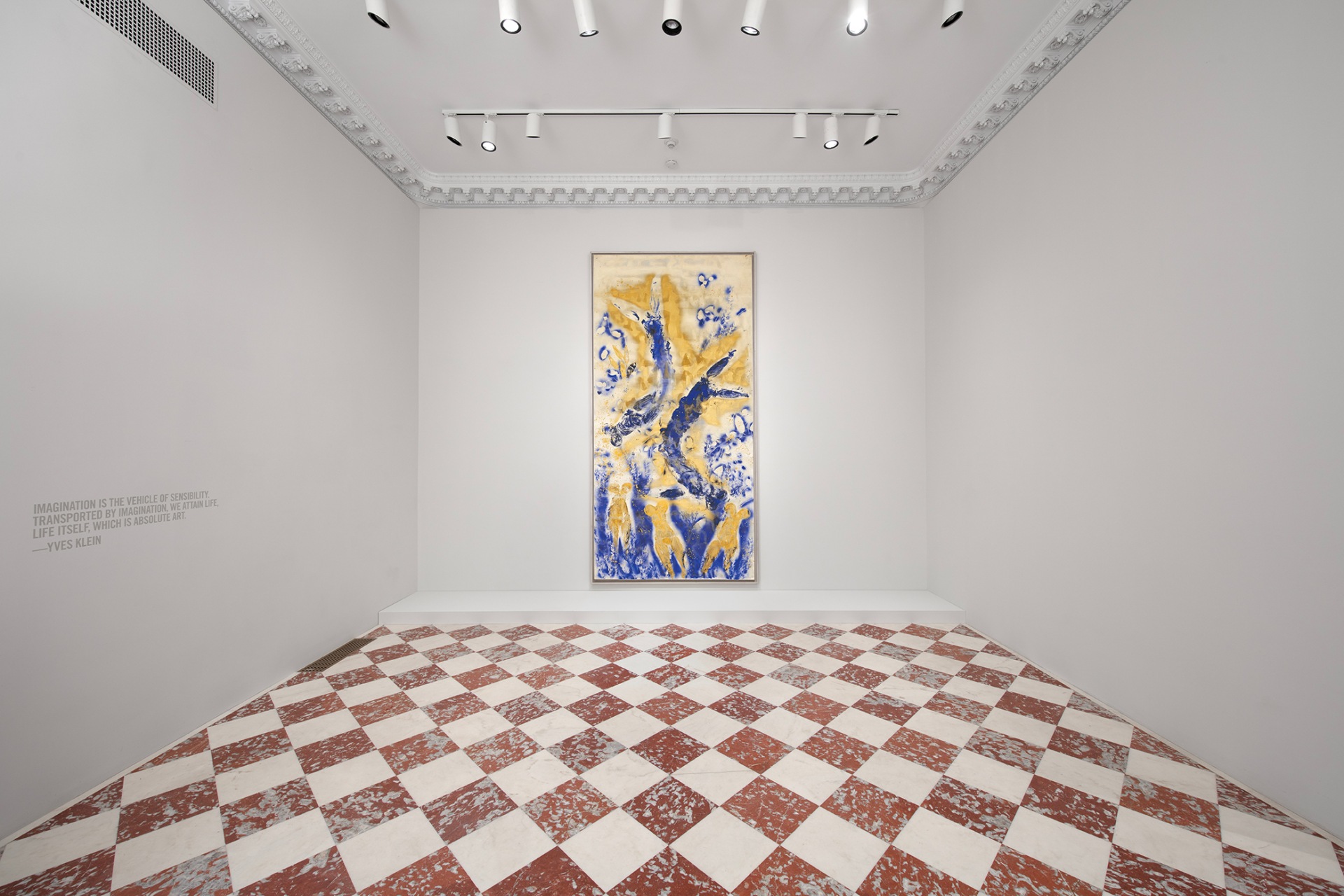
A leading figure of the postwar avant-garde, Yves Klein (1928–1962) sought radical ways to represent the immaterial and the infinite. In paintings, sculptures, actions, and events, he conveyed a rigorous, provocative exploration of nature and its forces. In the late 1950s he associated with Düsseldorf’s Group Zero, and in 1960 he became a founding member of the Nouveaux Réalistes.
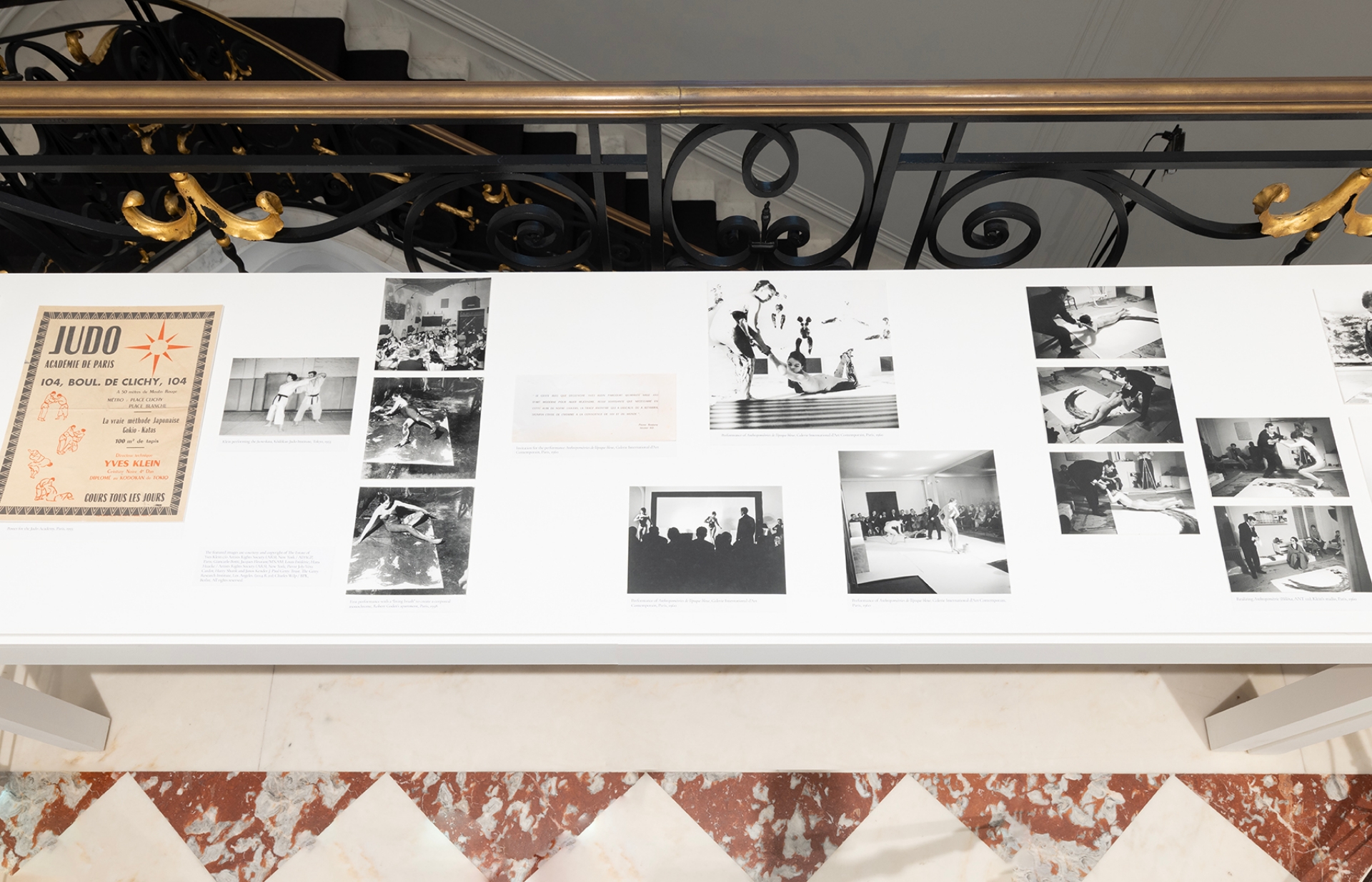
Klein was born to artist parents in Nice, France. As early as 1947, he declared the blue of the sky to be his first artwork. He made great use of the color throughout his career, considering it “the invisible becoming visible.” In his 20’s, Klein studied Rosicrucianism and traveled to Japan to practice judo. Settling in Paris in 1955, he first exhibited monochrome paintings at the Club des Solitaires. In 1958, he emptied the Galerie Iris Clert and presented the space itself as a work, Le Vide (The Void). Beginning in 1959, he sold Immaterial Zones of Pictorial Sensibility in exchange for a specified amount of gold, half of which he threw into the Seine. The following year, he patented International Klein Blue (IKB)—an ultramarine paint he developed with a chemical retailer. He also embarked upon his Anthropométries series, wherein he choreographed “living brushes”—nude models with blue paint applied to their bodies who pressed themselves on canvas and paper. Soon after, Klein created his photomontage Leap into the Void (1960) in which the artist appears to fly from a second story window in Fontenay-aux-Roses near Paris. In 1961, he was given his first retrospective, at the Museum Haus Lange, Krefeld, West Germany, as well as solo exhibitions at Leo Castelli Gallery, New York, and Dwan Gallery, Los Angeles.

In the eight years before his death from a heart attack in 1962, Klein produced over a thousand works and many prescient writings. Among the numerous retrospectives dedicated to his work are those organized by Tate Gallery, London (1974); Museum of Contemporary Art Chicago (1982); Museum Ludwig, Cologne (1994); Schirn Kunsthalle Frankfurt (2004); Guggenheim Bilbao (2005); Centre Pompidou, Paris (2006– 07); Hirshhorn Museum and Sculpture Garden, Washington, DC (2010); Fundación Proa, Buenos Aires (2017).
